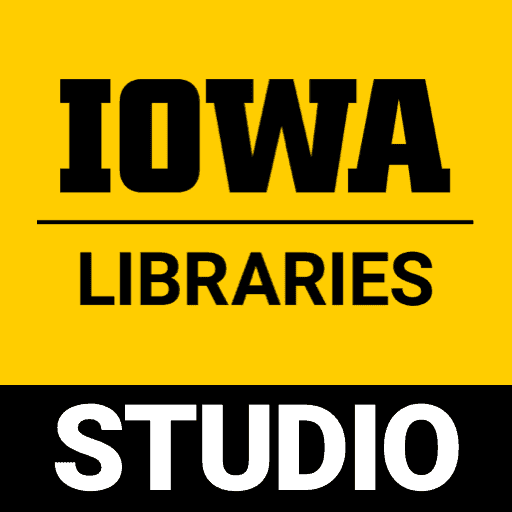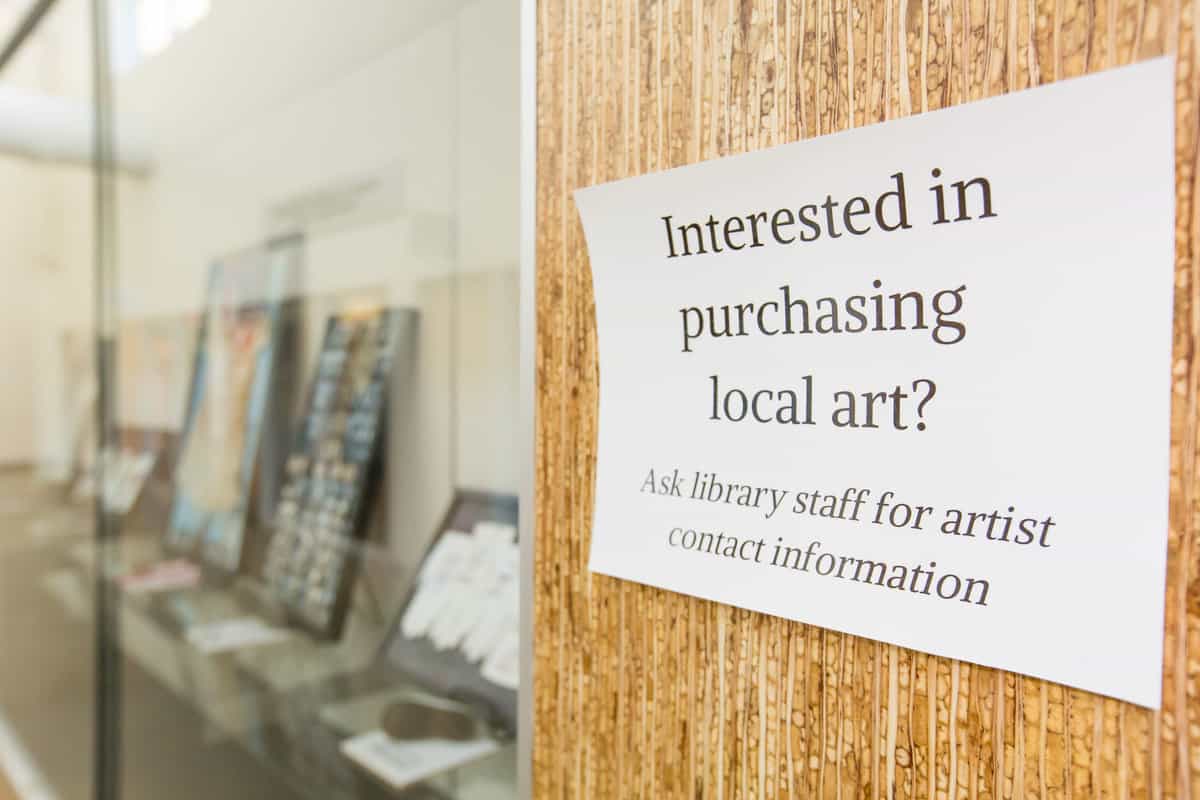Working on my digital capstone project has been a lesson not only in creating digital exhibits, but in flexibility. During the summer of 2022 I thought that I had developed the perfect plan for a digital capstone. I wanted to do a theatre archiving project using the works of Iowa-born playwright Susan Glaspell. My initialContinue reading “Embracing flexibility in my capstone Project”
Category Archives: Digital Scholarship & Publishing
Words of Art: Archiving North Liberty Library Artists
Adding my graduate studies to my already packed schedule was not a decision I came to lightly. In addition to my studies at the University’s School of Library Information and Sciences (SLIS), I’m also employed full-time as a Public Services Librarian. These past two years, fast as they seem in retrospect, was a journey intoContinue reading “Words of Art: Archiving North Liberty Library Artists”
Mapping Connections in the Zambezi Basin, Southern Africa
I am a History Ph.D. student writing a dissertation that analyzes a migrant community in the Mazoe district of Zimbabwe in Africa. The Capstone project I am working on is a flow map that will become a part of my dissertation. Integral to the dissertation thesis I am developing are discussions of relationships between theContinue reading “Mapping Connections in the Zambezi Basin, Southern Africa “
Tales From Oil Country
As a historian, I sometimes struggle to portray different historical eras as they were experienced by the people who lived in them. Historical analyses reflect the historians’ modern biases, and there has been a conscious effort by the field to provide agency to the sources we study. This project is part of an effort toContinue reading “Tales From Oil Country”
Mining for Medieval Messengers
My dissertation, “Messengers and Messages in Middle English Literature,” examines the under-explored role of messengers in fourteenth-century English romances, where they often prove to be crucial elements of the plot or interesting stand-ins for an authorial function. During my capstone experience, I will be pursuing corpus linguistic investigations, with the help of the Digital Studio’sContinue reading “Mining for Medieval Messengers”
Public Digital Humanities Capstone Post #1
I am in my last semester of coursework and currently working on my prospectus, which allows me more time to think about how my dissertation will take shape. In this project, I am developing codes to scrap data on two Chinese websites, Weibo (a social media platform) and Bilibili (a video-sharing platform). I have beenContinue reading “Public Digital Humanities Capstone Post #1”
The Studio is Collaborating on a Number of Project Grants
Over the next few years the Studio will offer its assistance and expertise from staff on the following digital projects. We look forward to working with these scholars on making their research more digital and accessible! “Principia Mathematica: A Critical Edition” Landon D.C. Elkind National Endowment for the Humanities Scholarly Editions Grant Awarded $281,104 ($142,179Continue reading “The Studio is Collaborating on a Number of Project Grants”
Introducing the Studio’s 2020 Summer Fellows
The University of Iowa Graduate College and the UI Libraries Digital Scholarship & Publishing Studio are excited to announce that 14 graduate students have been selected for the 2020 Studio Summer Fellowship program. These individuals will soon take part in an 8-week course that provides mentored digital scholarship experience, as well as training in skillsContinue reading “Introducing the Studio’s 2020 Summer Fellows”
Points on a Map
The end of another semester means another update to my map! This semester I focused closely on the first 30 locations in the text, ten from each category of location I determined, visited locations (gray), mentioned in poetry (blue), and mentioned in prose (yellow) . This covers chapters 1-9 for visited locations, 1-10 for placesContinue reading “Points on a Map”
Reflections on the Digital Humanities Capstone Symposium
Yesterday, I attended the Public Digital Humanities (DH) Capstone Symposium. The symposium represented the final step towards completing the Public Digital Humanities certificate. At the event, my colleagues discussed the digital projects they had worked on during the semester, as part of the capstone. Later, the audience, which consisted of members of the Digital ScholarshipContinue reading “Reflections on the Digital Humanities Capstone Symposium”


